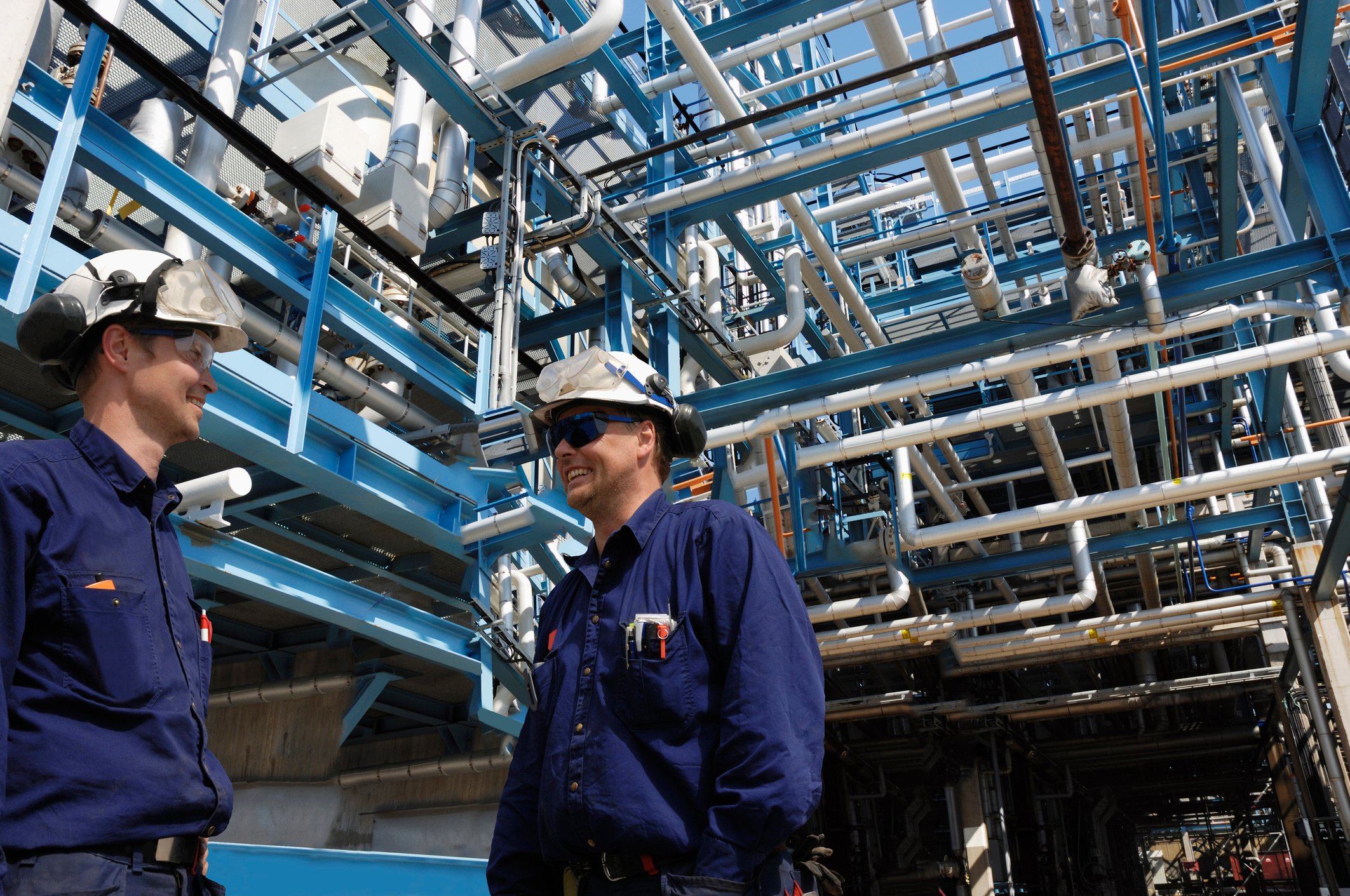Depending on how investors interpret the situation, right now is either an awful time or a great time to invest in agricultural stocks. The prolific American Corn Belt has suffered a bruising winter and historically wet spring, which has led to significantly delayed planting for row crops. Trade wars, droughts, and wet weather in major global breadbaskets have created record-high inventories of soybean. And a wave of digital innovation promises to inject even more uncertainty into agricultural markets.
That confluence of factors makes the market debut of Corteva Agriscience (CTVA +0.73%) all the more interesting. The agricultural spinoff of DowDuPont might be new to investors, but it owns the same market-leading brands of its predecessors that are familiar to farmers and is the world's second largest agrochemical company. Does it belong in your portfolio?

Image source: Getty Images.
By the numbers
Corteva Agriscience is a $20 billion industry leader that generated $14.3 billion in revenue and $2.7 billion in adjusted EBITDA in 2018. Just over half of the company's revenue is generated in North America, while the global portfolio is relatively balanced between crop protection products such as pesticides (44% of total revenue) and seeds and genetic traits (56%).
The business has slimmed down considerably since DowDuPont formed in September 2017, shedding 16% of its workforce, 25% of its seed production facilities, 31% of its R&D labs, and 55% of its commercial sites. Those moves are expected to save the company $1.2 billion in cumulative synergy costs by 2021, while a sweeping productivity strategy is targeting an annual EBITDA increase of $500 million in the next five years.
That could result in an operating margin greater than the 15% expected in the immediate aftermath of the spinoff, although investors should note that the business is still spending considerable sums on its share of integration and separation expenses. While merger-related expenses will gradually decline over time, Corteva Agriscience isn't necessarily waiting around to invest in its future.
The business expects to invest at least $1.2 billion in R&D and $500 million in new growth projects in 2019. Those investments will help the company launch new products, which will help the company realize its mid-term growth targets:
|
Metric |
Expected Annual Revenue Growth Rate |
|---|---|
|
Crop protection |
3.5% to 6.5% |
|
Seeds and traits |
3% to 5% |
|
Total revenue |
3% to 5% |
|
Agrochemical market |
2% to 4% |
Data source: investor presentation.
Given the diversity of headwinds in global agricultural markets, new product launches will prove integral to growth. Consider that management expects new product launches, namely from the crop protection portfolio, to deliver year-over-year EBITDA growth of $100 million in 2019 alone. Recent and upcoming launches are expected to drive $2.6 billion in incremental sales from 2017 to 2023.
But Corteva Agriscience is also eyeing an opportunity that hasn't made much of a financial impact to date: digital agriculture.
What's that? Digital agriculture is the name given to data analytics tools and services placed in the hands of farmers, allowing them to plan planting, fertilizer application, harvests, and more with historical climate data for their specific patch of land -- down to several meters in granularity. The market could be worth over $13 billion by 2023, but that doesn't include the potential for targeted sales of existing seed, chemical, and fertilizer brands.

Image source: Getty Images.
Established companies including Bayer and Nutrien have begun paying closer attention to the emerging opportunity in recent years, gobbling up start-ups and developing services in-house to sell across their sprawling customer bases. The leading digital agriculture platforms are increasingly integrating data generated across R&D platforms, ranging from lab sequencing results to field testing. Corteva Agriscience plans to spend $100 million per year to remain competitive.
So far, so good. Last year the company reduced the time required for high-throughput sequencing by 57% while doubling the number of data points generated per week. It also conducted nearly 13,000 flights, presumably from drones, in 15 countries to generate aerial data for nine different crops grown on 51 million plots of land. Put another way, investors can't overlook the long-term opportunity in digital agriculture.
A solid ag stock to watch for now
Corteva Agriscience has ambitious plans to hit the ground running following its separation from DowDuPont. If new product launches and digital agriculture live up to expectations, then the business could be on solid footing to achieve its mid-term growth rate targets. That said, the growth expected from new product launches could disappoint if market fundamentals remain weak. There are also a lot of moving parts at the company right now. Given all of the uncertainty, now may not be the best time to buy this agriculture stock. Investors might be better served keeping it on their watchlist for the time being.





